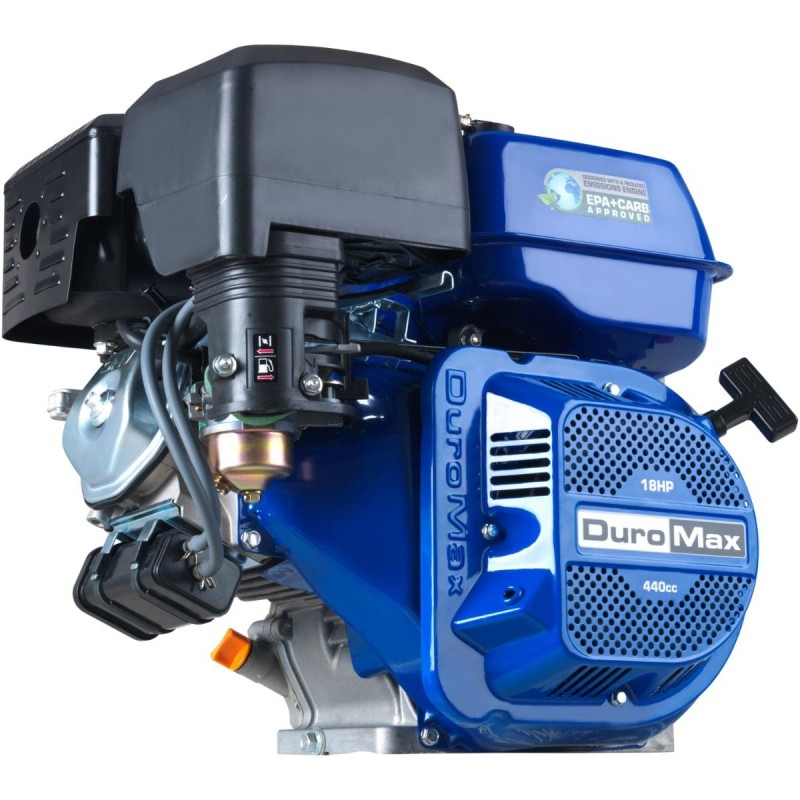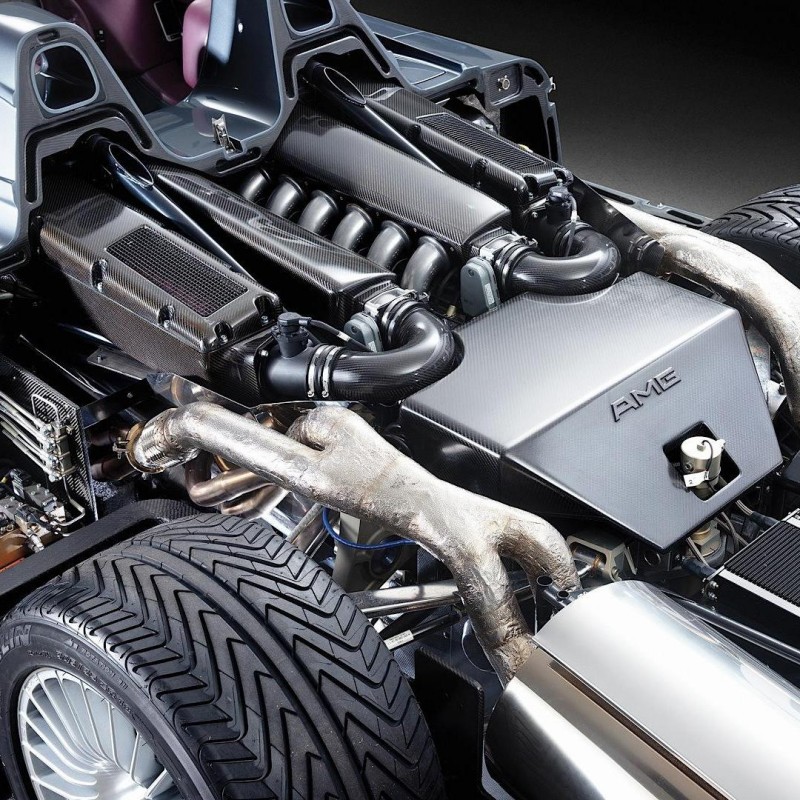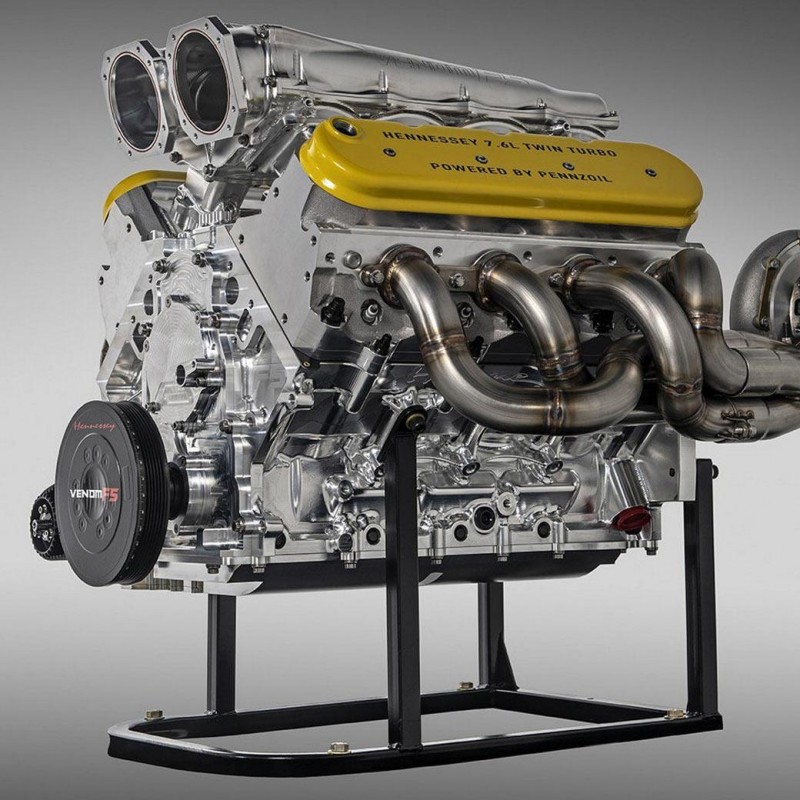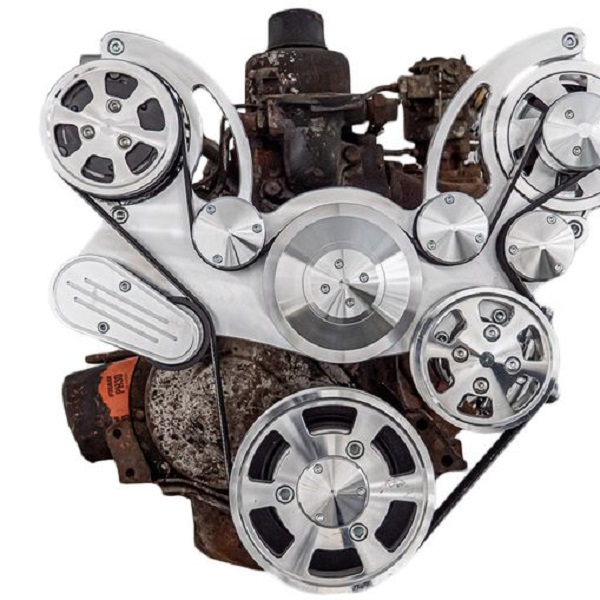Properly disposing of engine oil is an essential responsibility for vehicle owners and mechanics alike. Every year, millions of gallons of used oil end up in landfills and waterways, causing significant environmental harm. Engine oil contains harmful contaminants and pollutants, which can lead to soil and water contamination if not disposed of correctly. Therefore, understanding how to dispose of engine oil safely and responsibly is vital for protecting the environment and adhering to local regulations. This article serves as a comprehensive guide on best practices for disposing of engine oil. We will explore the environmental impact, legal obligations, proper disposal methods, recycling options, and more, giving you all the information you need to ensure responsible oil disposal.
Understanding the Importance of Proper Engine Oil Disposal
Before delving into the specifics of how to dispose of engine oil, it’s crucial to understand why it matters. Improper disposal of engine oil poses serious risks to both the environment and public health.
Environmental Risks
Used engine oil contains heavy metals, contaminants, and chemicals that can leach into the soil and groundwater when disposed of incorrectly. This pollution can affect drinking water supplies, harm local wildlife, and lead to the degradation of ecosystems.
Legal Consequences
Most regions have strict regulations regarding the disposal of hazardous waste, including used engine oil. Failure to comply with these regulations can result in hefty fines, legal actions, and damage to your reputation, especially for businesses.
Health Concerns
Exposure to contaminated soil and water can have serious health implications, including skin irritation, respiratory problems, and long-term health risks. Proper disposal safeguards your health and the community’s well-being.
Recognizing Used Engine Oil
Before considering how to dispose of engine oil, it’s essential to differentiate between new and used oil. New engine oil is clean, free of contaminants, and ready for use. On the other hand, used engine oil results from the combustion and lubrication process in engines.
Identifying When Oil Needs to Be Changed
Regularly changing your engine oil is critical for maintaining your vehicle’s health. Typically, engine oil should be changed every 3,000 to 7,500 miles, depending on your vehicle and oil type. You can identify when oil needs changing by:
- Checking for Dark Color: Fresh engine oil is amber, while used oil appears dark and opaque.
- Feeling the Texture: Used oil may feel gritty or contain contaminants.
- Observing a Drop in Performance: If the engine runs sluggishly or there are unusual noises, it might indicate that the oil is no longer effective.
Legal Obligation for Disposal
Understanding local laws and regulations regarding used engine oil disposal is crucial. Many areas have specific guidelines governing how to manage hazardous waste, including oil.
Identifying Local Regulations
Local regulations often dictate who can collect used oil, where it can be discarded, and how it must be transported. Remain informed about these laws by consulting:
- Environmental Protection Agency (EPA): The EPA offers guidelines and contacts to help you understand your local laws.
- State or Local Environmental Agencies: Many states have their own specific rules related to waste disposal, so reaching out to your local agency will provide you with accurate information.
Notifying Municipal Authorities
In certain areas, residents must report their collection of used oil to local municipalities. This reporting helps governments track hazardous waste disposal and ensures compliance with disposal policies.
Safe Methods for Disposing of Engine Oil
When searching for ways to dispose of engine oil, consider these safe and environmentally responsible methods.
1. Recycling Centers
Recycling centers are one of the best options for disposing of used engine oil. Many facilities operate collections specifically for hazardous materials, and they’ll often recycle the oil for reuse.
Benefits of Recycling Centers
- Eco-Friendly: Recycling facilities aim to reuse the oil, reducing waste and pollution.
- Convenient: Many areas include drop-off locations for residents.
2. Automotive Service Providers
Most auto repair shops and service centers will accept used engine oil. These businesses often have systems in place to handle and recycle used oil safely.
Why Choose this Option?
- Expert Handling: Professionals manage waste appropriately, adhering to local regulations.
- Cost-Free Disposal: Many shops accept used oil at no charge, minimizing costs for vehicle owners.
3. Household Hazardous Waste Days
Many municipalities organize household hazardous waste days, allowing residents to drop off used engine oil and other hazardous materials for safe disposal.
Participating in Your Community
- Research Events: Check with local environmental agencies for scheduled events in your area.
- Share Information: Inform your community about these events, promoting proper disposal.

4. Collection Drives
Some organizations, like schools or non-profits, may hold collection drives for hazardous waste, including used engine oil.
Advantages of Collection Drives
- Community Involvement: Joining collective efforts strengthens community ties while promoting responsible waste disposal.
- Convenience: These events provide an accessible means for residents to dispose of hazardous materials.
Steps for Safe Oil Removal
When handling engine oil, safety is paramount. Follow these steps to ensure safety during removal and transportation:
1. Gather Your Supplies
Before changing your oil, ensure you have the following supplies ready:
- New Oil: Ensure you have the correct type of oil for your vehicle.
- Oil Drain Pan: A drainer allows you to collect and transport used oil safely.
- Funnel: A funnel helps to prevent spills while pouring new oil.
- Gloves and Eye Protection: Personal protective gear will keep you safe from any splashes or spills.
2. Perform the Oil Change
- Warm-Up the Engine: Warm oil flows more easily. Allow the engine to run until it reaches normal operating temperature.
- Drain the Oil: Remove the drain plug using the appropriate tools and allow used oil to pour into the drain pan.
- Replace the Oil Filter: Remove the old filter and replace it following manufacturer instructions.
- Install the Drain Plug: Once all the oil has drained, replace the drain plug and ensure it’s secure.
3. Transport Used Oil Safely
After draining the oil, carefully transport it for disposal:
- Seal Oil Containers: Ensure used oil is in a sealed container to prevent spills.
- Avoid Mixing: Never mix used oil with other liquids or contaminants. This can complicate recycling efforts.
4. Dispose Responsibly
Choose one of the safe disposal methods outlined earlier. If possible, do some research before taking it to the location you choose, ensuring it aligns with regulations.
Environmental Impact of Improper Oil Disposal
Improperly disposing of engine oil poses serious environmental risks. Here are some critical consequences:
1. Soil Contamination
When used oil seeps into the soil, it can contaminate drinking water supplies, negatively impacting local ecosystems. Chemical compounds can affect plant growth and harm terrestrial animals.
2. Water Pollution
Used oil often leads to polluted rivers, lakes, and streams. This pollution disrupts aquatic environments resulting in detrimental effects on fish and other wildlife.
3. Air Quality
Burning used oil as a disposal method releases harmful chemicals into the air, contributing to air pollution and respiratory problems for people in affected areas.
4. Legal Ramifications
Improper disposal can lead to significant fines and legal issues for individuals and businesses. Compliance with local regulations protects both the environment and your rights.
Conclusion
Understanding how to dispose of engine oil properly is essential for protecting the environment and ensuring community health. From recycling programs to local disposal events, there are multiple accessible and responsible methods available for disposing of used oil. Remember that proper disposal not only enhances environmental sustainability but also safeguards local ecosystems and public health.
By taking the necessary precautions during oil changes and ensuring safe removal and transport, you can contribute positively to your community. Moreover, staying informed about regulations and available disposal options allows you to lead by example, encouraging others to follow best practices. Taking these steps ensures that we all continue enjoying the benefits of clean air, water, and soil for generations to come.


